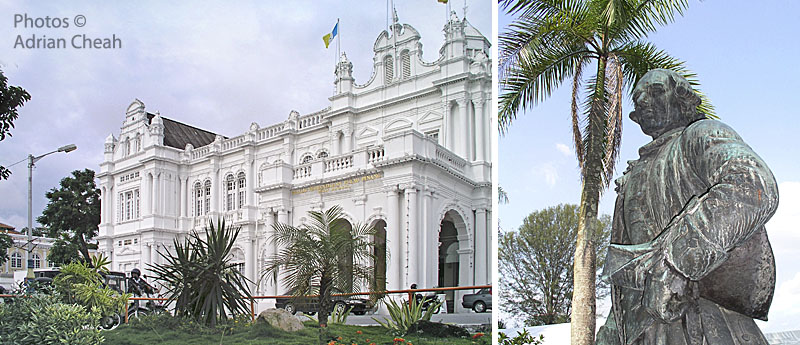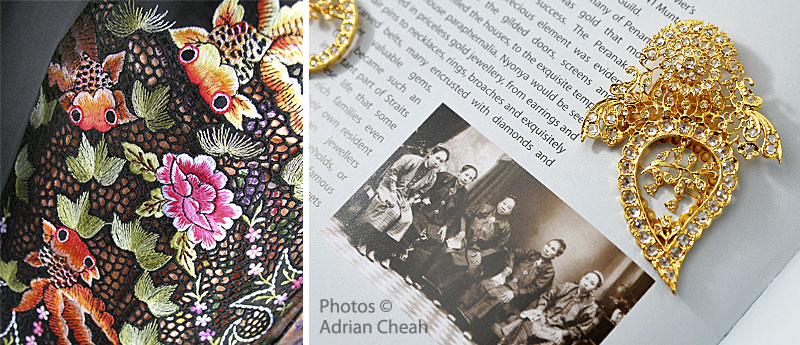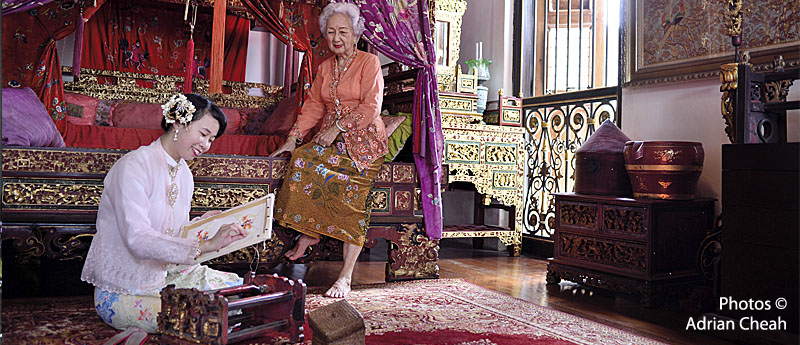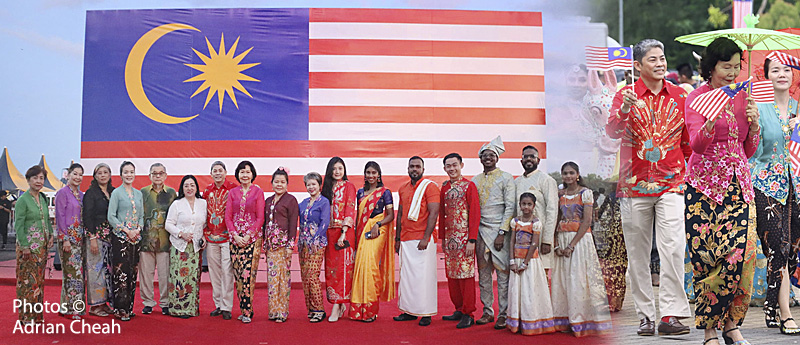The Sari: Queen of garments

The amazingly versatile sari (or saree) transcends mere fabric – it embodies the rich heritage of traditional South Asia women (and a few men) in countries such as India, Pakistan, Bangladesh, Sri Lanka and Nepal. It is also a garment that covers all, yet is revealing, enchanting yet unassuming, serene yet sensuous. The sari, with its six yards or more of artistry, is a masterpiece of contradictions, seamlessly transitioning from workwear to leisure attire to a symbol of opulence, all within its elegant drapes.
Continue Reading
The 32nd International Baba Nyonya Convention in Malacca

Sadhguru (Jaggi Vasudev), an influential yogi cautioned that the more we identify with something – religion, gender, race, ideology, money, et cetera – the more we will defend it, some even with our lives. Having said that, most of us feel the need to identify with things we hold dear, be it our family, heritage or even our social media status.
Continue Reading
History of Little India

This meticulously regimented network was among the earliest parts of George Town planned under the administration of Sir Francis Light, the English founder of Penang. The area is hence now referred to as the "Francis Light Grid" – a rectangular network bordered by Leith Street, Beach Street, Chulia Street and Pitt Street (now Jalan Masjid Kapitan Keling).
Continue Reading
Our bold and beautiful red Bunga Raya

Let us take a moment to reflect on the name of Malaysia's national flower, Hibiscus rosa-sinensis. The word "hibiscus" originates from the Greek "hibiskos", a name given by the ancient physician Pedanius Dioscorides (c. 40–90 AD). Dioscorides, also a botanist, authored the influential De Materia Medica, a five-volume Greek encyclopaedia on herbal medicine.
Continue Reading
Penang's Cina Wayang (Chinese opera) – for gods and ghosts
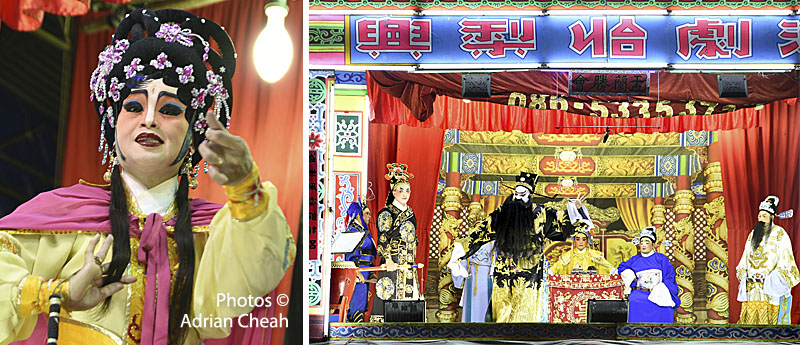
Growing up in Ayer Itam in the 1970s was like being part of a celebration that never truly ended. The wet market was the heart of our lives, a place where food was not only sold but also shared, improvised and made personal. We carried our own tiffin carriers, sometimes even our own eggs, to hand over to the char koay kak lady or to Pak Dollah, the mee goreng man. They accepted them without question, as if it had always been the way things were done. Ah Heng, the rojak man, set up his cart just outside my house. I can still picture him skewering green mango halves with a lidi, topping them in thick rojak sauce and crushed peanuts—a truly scrumptious snack. His bangkwang slices, prepared in the same way, were another favourite of mine, cool and crunchy against the richness of the rojak sauce. In time, Ah Heng moved from rojak to koay teow th'ng. I thought I would miss the old flavours, but his bowls of noodles soon became their own kind of comfort. Minced pork, tender slices of meat, liver and fish balls where everything came together in a broth that warmed you from the inside out. And always, there was the finishing touch of bak yu phok (fried lard) and spring onions.
Continue Reading
The legend of the ferocious beast called Nian
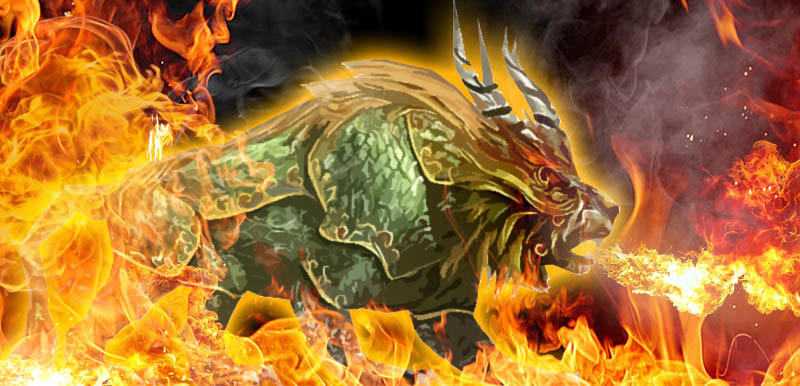
In Mandarin, the word "Nian" translates to "year". Yet, according to legend, Nian was far more than a mere symbol of time's passage. It was a fearsome, mythical creature that struck terror into the hearts of people during the New Year, so menacing that it threatened the very existence of humanity. Nian is said to have roamed the land in ancient China, during a time known as shànggǔ (roughly translated as "a very long time ago").
Continue Reading
The many uses of the "horse racing" calendar

Introduction
It is relatively easy to know which day of the week it is. Similarly, we can more or less tell the time of day merely by looking outside the window. But how many of us can tell the date without referring to a calendar?
Continue Reading



